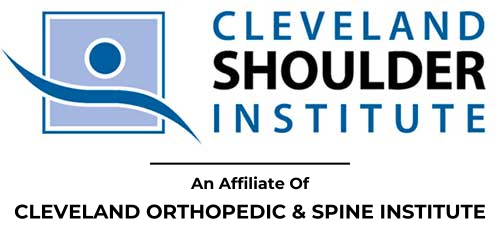Treatment for Frozen Shoulder
What is an arthroscopic capsular release?
An arthroscopic capsular release procedure is a surgery performed to alleviate the pain caused by adhesive capsulitis. Arthroscopic surgery is a minimally invasive procedure where surgery is performed via a ‘keyhole’ approach through two or three small incisions using a piece of equipment which is a bit like a thin telescope (an arthroscope).
What is adhesive capsulitis?
Also called “frozen shoulder,” adhesive capsulitis results in shoulder pain and restricted movement. In this condition, the tissues lining the shoulder joint (known as the capsule) become inflamed, thicken and stick to the joint and tendons around it. The most common symptoms are a gradual worsening of pain and inability to use your arm normally. Pain may result from specific motions such as reaching overhead or behind your back. The pain may also affect and disturb your sleep.

There are three phases of a frozen shoulder:
Phase 1 – freezing of the shoulder:
This is the initial inflammation phase associated with a gradual increase in stiffness of the shoulder. Patients experience increased shoulder pain during the day and at night. Pain may be severe. It is also associated with pain in the neck.
Phase 2 – frozen shoulder:
Known as the plateau phase, this is when the pain begins to ease but the stiffness in the shoulder remains.
Phase 3 – thawing of the shoulder:
This is the recovery phase – the stiffness in the shoulder begins to ease. This process can take up to 18 months to two years.
Most adhesive capsulitis will clear up on its own within two years. But the earlier you seek treatment, the better.
Are there alternatives to surgery?
In most cases, physiotherapy and a steroid injection into the joint will be attempted first to see if this can reduce the pain. Physical therapy and specific stretches may greatly assist in loosening the shoulder capsule and reducing the pain. It’s important to continue to carefully move the shoulder as much as you are able. The less you move it, the more tight the capsule may become. Careful movements of the shoulder may be painful, but should not damage the shoulder.
When given in the early stages, a steroid injection may completely resolve adhesive capsulitis. Unfortunately, in the later stages, it may have no effect. Many people do choose to live with the condition and wait it out. You may have to modify your lifestyle in the way in which you use your arm for daily activities. Surgery is the next stage of treatment once you have tried these non-surgical options.
Do I need to have an arthroscopic capsular release?
While most patients recover from a frozen shoulder without the need for surgical intervention, surgery is offered to help ‘unstick’ the lining of the joint. This helps to speed up the thawing/recovery phase and release the stiffness. The goal of the arthroscopic capsular release is to improve the range of movement of the shoulder (the stiffness) and to reduce the pain.
What happens during an arthroscopic capsular release?
During your surgery you are generally sat up in a beach chair type position. The operation is done via keyhole surgery (arthroscopy). The surgeon introduces a camera into your shoulder through a small incision and watches the images on a TV screen. Photos are generally taken of the findings.
The inflamed and “stuck” capsule is then released through a second incision, using a small accurate cutting instrument to divide it. A steroid injection may be given into the joint as part of the procedure, and the wound may be closed using stitches.
Will I feel any pain?
Your arm will feel numb because of the nerve block/local anesthetic used during your operation, but this should wear off during the first 24 hours after the operation. Post-operative pain is normal, and you will receive medication to help minimize this pain.
What are the risks?
As with any surgery, shoulder arthroscopy carries some risk, however, it has been shown to be safe with few complications.
Arthroscopic capsular release is routinely performed and is generally a very safe procedure. Before suggesting the operation, your doctor will have considered that the benefits of the procedure outweigh any disadvantages. However, to make an informed decision and give your consent, you need to be aware of the possible side effects and complications associated with most surgical operations.
Complications may include:
- Infection – this is a very serious complication and significant measures are taken to avoid it, for example you will be given antibiotics to try to guard against it.
- Nerve injury – the risk of this is very rare, but if damage occurs further treatment or surgery may be needed.
- Bleeding – this is rarely an issue as arthroscopic capsular release is a ‘keyhole’ procedure with very little blood loss.
- Thrombosis/blood clot – this is rarely an issue in shoulder surgery.
- Symptoms of stiffness may return – this is unusual, but it may become necessary to repeat the operation if the stiffness is troublesome.
